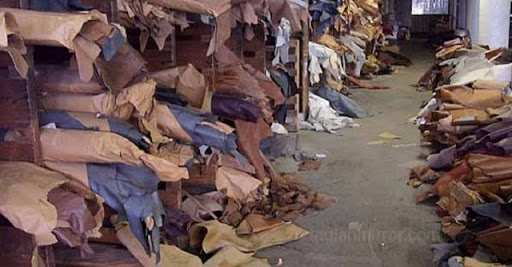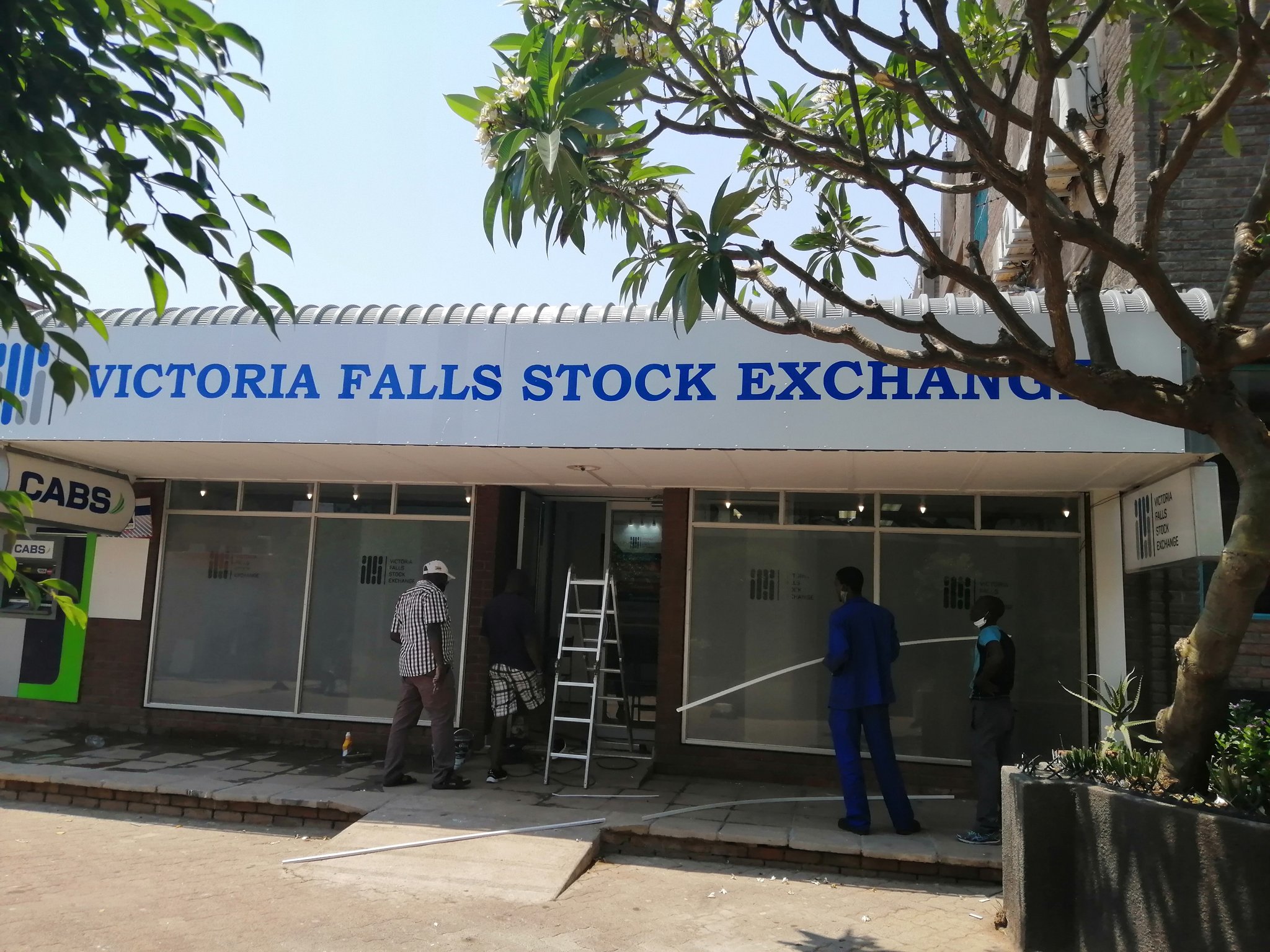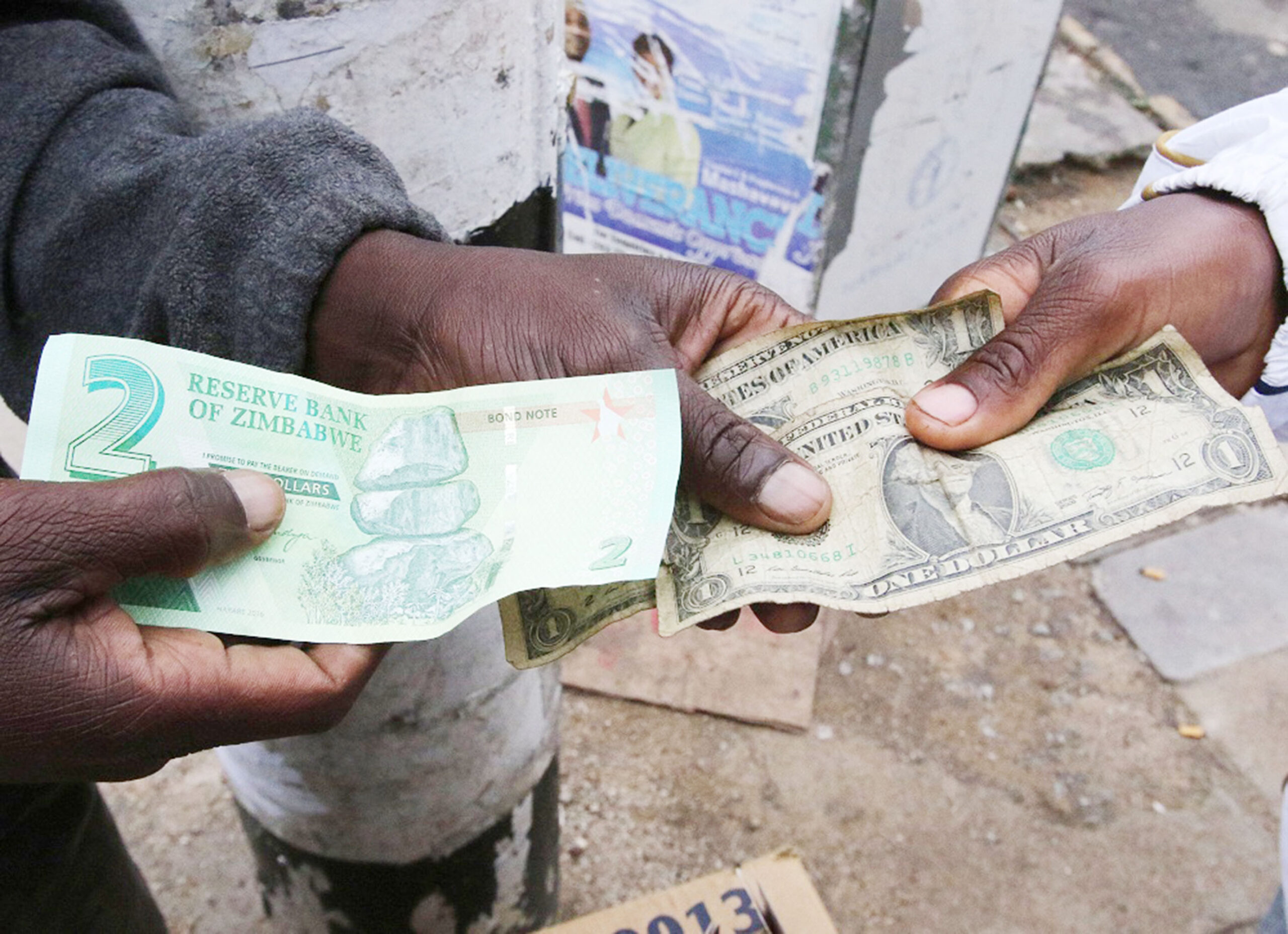Black market messing around again
It is fairly obvious from prices we see in the shops and what retailers tell us that a range of suppliers have been pushing up the local currency prices of their goods, apparently to match the growing premium in the black market or, more precisely, what they believe the premium will be in a month or two.
This has yet to be reflected in the inflation figures derived from the data collection by ZimStat, and a lot of people will be looking for the blended rate for April when it comes out near the end of the month.
Besides the contribution of rising local currency prices, which make up 30 percent of the final blend, there will also be rising US dollar prices by some, as they return to that system of double conversion.
This involves setting an initial price in US dollars, then converting to local currency at the black market rate, and then converting back to US dollars at the official rate, making the price higher. This allows this group to then technically obey the law and sell in local currency but actually using the black market rate.
It is difficult to understand why there should be any surge in black market exchange rates, or more particularly why there should be a rising premium over the official interbank rate.
The fundamentals are unchanged. Zimbabwe earns more foreign currency than it spends. The decision by the authorities to increase the foreign currency retention percentage was breaking down the walls between the three tranches of available foreign currency: the retained currency, the surrendered currency and the free funds, largely fed by the diaspora.
This, along with the taming of the black market last year and allowing the banking system to generate a realistic exchange rate, was seeing a lot more direct purchases in foreign currency, with the US dollar holders not bothering to go through the black market but just spending it.
That in turn helped to generate that 70 percent of trading in foreign currency. That percentage is likely to decline if the premium moves up as more people will then go through the black market on their way to the shops.
There has been more local currency in the system, as the Government increased civil service pay and a lot of private companies did the same.
But these pay increases only marginally improved spending power when they were awarded, and were largely restoring spending power to levels they had reached as the black market was tamed.
They should have had zero effect on exchange rates, a point that the Government must have noted when it decided to use some of the extra tax money it was collecting to smooth the lives of its staff.
In addition the black market had sunk to much lower volume levels as more and more transactions took place in the real world of banks setting exchange rates and far more direct US dollar payments. This has meant that the bulk of foreign currency in a wide range of businesses was coming in directly, or through auctions and banks, and even if there werblack market top ups these were very modest.
There may well be conspiracy theories floating around, some absurd but others holding some degree of possible or probable truth. The fact is that some people do make money out of manipulations, and there are some commercial advantages to inflation for some.
Inflation allows a manufacturer to make goods at one price, the lower price, and then sell them later at the higher price, raising profit margins. It is all very well to state that all that is happening is that constant costs are being calculated in real terms, but there are those delays in raising salaries, a major cost, and prices of other items.
The drift in the black market rates can be seen with the return of those fairly well-dressed people who sidle up to you in supermarkets and ask if you are paying cash, presumably foreign cash as the Reserve Bank maintains its total reluctance to see local bank notes used for anything except bus fares and very small change. The very low denominations and the modest amount in circulation stop people from carrying their pay in banknotes.
These strangers, who although more conservatively dressed irresistibly remind you of those young women in the upper Avenues who can be so irritating if you are trying to save on the high Harare parking charges by walking a couple of blocks to near-by businesses. Both groups walk up to perfect strangers and introduce themselves with “hello”, then pause to give you an opportunity to make a request, and if you remain silent offer a service. The point is that both groups have found buyers for what they offer.
The re-emergence of the black market also opens doors for the Financial Intelligence Unit of the Reserve Bank of Zimbabwe to go after the kingpins, using the poor, often very poor, customer interface people as the bird dogs.
The street and shop vendors try and get those paying in US dollars to give them the notes while they use their swipe cards attached to local currency bank accounts to make the actual purchase. But at some stage a lot of money must be flowing into those local currency accounts.
If the FIU sees a pattern of someone buying groceries in half a dozen transactions a day, often in the same store, followed by a sudden influx of money into the account that matches, with a bit extra, the sum of the purchases, they have the name of the person using the store dealers. They can then switch their attention to that person, and if necessary move up the food chain.
Taking out the pavement and store dealers will accomplish little, except make some poor people poorer. What is needed is to go for the top end of the value chain as these are the people who create and manipulate the black market. And it might even be possible to find our why they are doing this, and who are the customers for the cash they assemble. Do we have people trying to get their money out of Zimbabwe, for example?
Many consumers will unfairly blame the retailers for the present price rises. But retailers, and wholesalers, are in a highly competitive environment and cannot form cartels. There are, for example, at least five large supermarket chains, plus independents at this level, plus the major wholesalers, with quite a few of those, plus the small shops.
The tuckshops demanding only foreign currency form a detached group but the rest are a large group. You would need to hire the City Sports Centre to hold a meeting to fix prices.
However, the small size of the Zimbabwean economy means that there are a remarkably small number of manufacturers, and for a lot of products just one or two or sometimes three.
There might be more brands on the shelves, but a careful examination of the small print on the back of the bags will reveal that some manufacturers own several brands. There is no need to hire a large hall for a meeting; a game of golf is more likely.
Retailers and wholesalers are complaining of this, which also explains why they are the only group not optimistic about the economy, and have said their suppliers are using black market rates to set prices, and in some cases are using what they expect black market rates to be later on to do that.
This is where we move into danger, and why the Competition and Tariffs Commission needs to be more involved and be brought into the central group that is trying to reform the economy and open the economy.
There are a lot of people who are not that desperate to see the economy over-opened, and despite the damage the dollarisation did to the manufacturing sector, preferred that era. In any case they have a quite relaxed attitude to exchange rates, believing that the small black market shows the rates set in heaven, rather than the large formal markets.-ebusinessweekly











